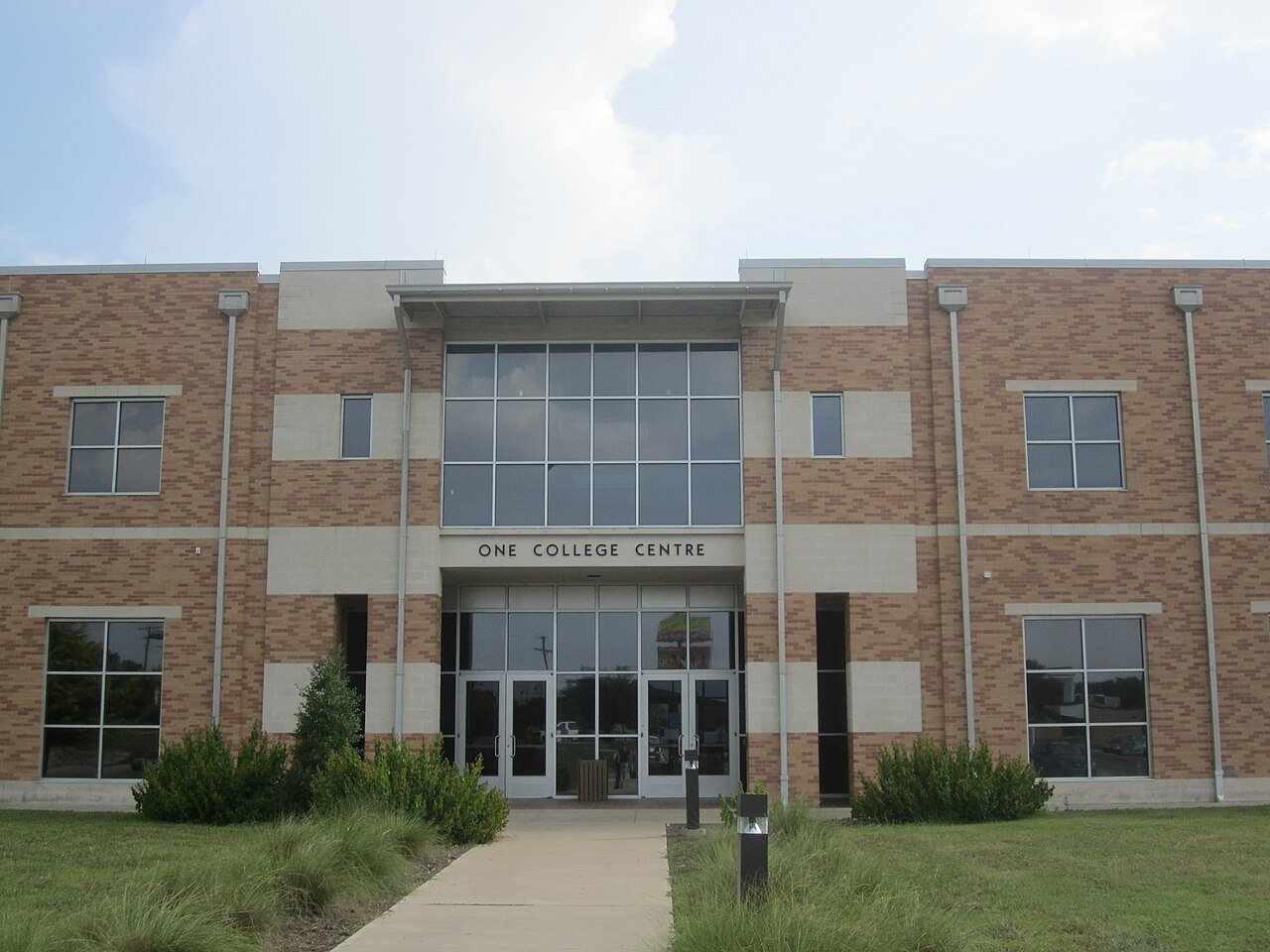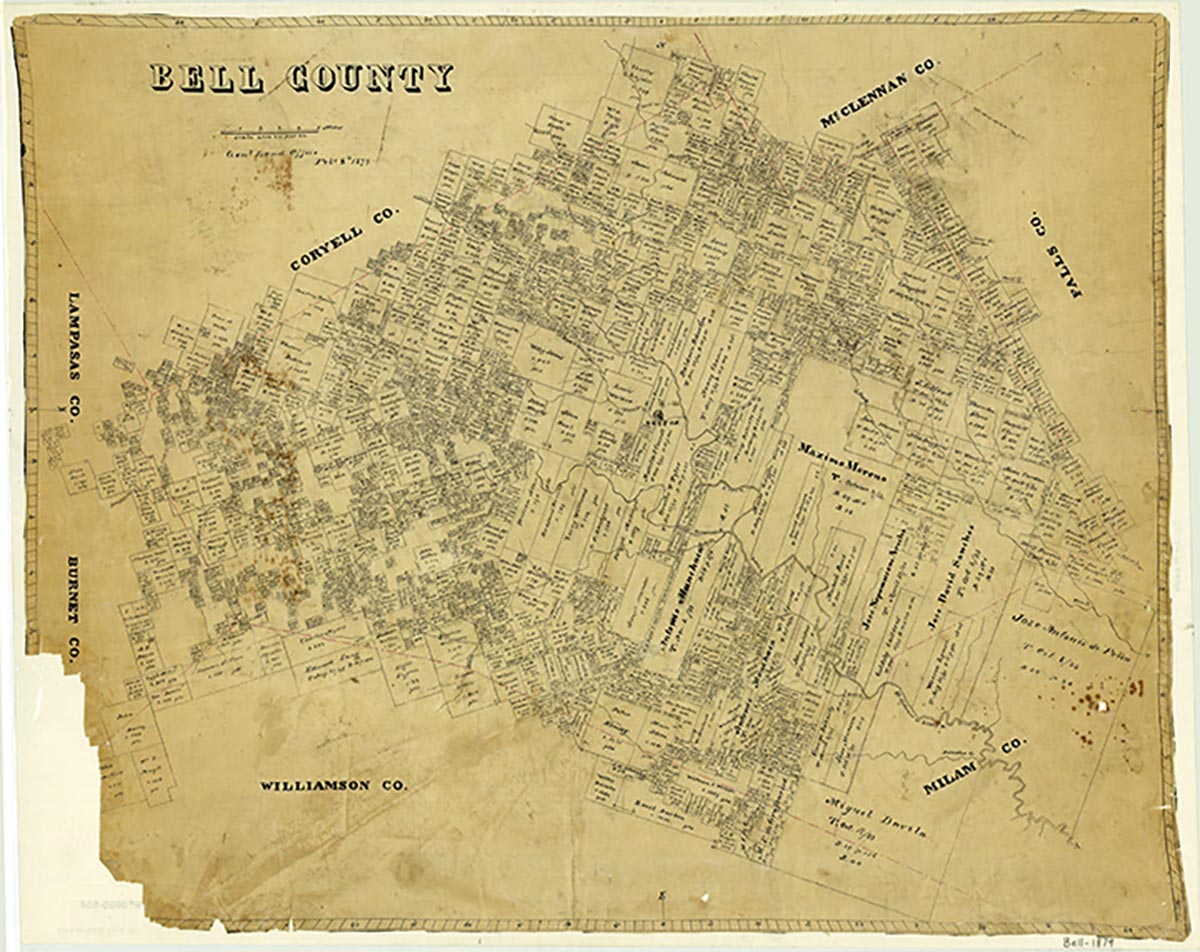Temple College
Temple Junior College, now known as Temple College, was organized by the Temple Chamber of Commerce with the assistance of the University of Texas and the board of trustees of the Temple Public Schools. It opened in the fall of 1926 with an enrollment of eighty-seven. The State Department of Education and the Association of Texas Colleges recognized Temple as a first class junior college in 1927. During its early years the college stressed teacher preparation and a classical education. Established as an independent college wholly supported by tuition, Temple encountered financial problems during its first two years. After the defeat of a bond proposal to construct facilities separate from the public schools in 1928, the college would have been forced to close had it not been consolidated with the Temple Public Schools. The public schools shared their administration and faculty, and the consolidation ensured the survival of the college. The college experienced a modest increase in enrollment during the Great Depression and World War II, with an average annual enrollment of 145. In 1941 the state provided assistance for the first time. During the years of consolidation the curriculum expanded, and a summer and evening program of classes was added, but serious political problems plagued the college due to its association with the public schools. In 1955 the Temple Junior College District was established, making possible a bond election of $300,000 for the construction of a building. Members of the alumni association of the college visited every registered voter in the district, and the proposal carried by a vote of six to one. The election provided for a junior college building of 30,000 square feet, on a campus of thirty-two acres donated by the United States government. In 1957 the college moved from Temple High School to a separate campus with its own building and faculty. Racial segregation at the college ended the same year. In 1959 the college acquired its own board of regents, consisting of nine members, and severed all ties with the public schools. In 1959 the college became a member and was accredited by the Southern Association of Colleges and Secondary Schools. It had earlier joined the Southern Association of Junior Colleges, the Texas Junior College Association, and the American Association of Junior Colleges. Increased state aid and separation from the public schools prompted unprecedented growth after 1959. Enrollment increased from 488 in 1959 to 2,500 in 1984, and the curriculum was expanded in all areas. The summer and evening programs grew, and off-campus, continuing education, and out-of-district classes were established. Technical-vocational programs multiplied after 1973, growing to twenty-one programs by 1984. The curriculum changed from a transfer program to one which made the institution into a comprehensive community college. Twelve buildings were built or remodeled by 1984, and the campus grew to 103 acres. In 1984 the college had a faculty of 102. Temple Junior College had 115 faculty and 2,390 students for the 1992–93 regular term, plus 1,667 for the 1992 summer session. Temple College athletics include men's and women's basketball, baseball, volleyball, tennis, and golf. Students may also pursue extra-curricular activities in speech, drama, music, and various clubs and special-interest groups. The Hubert M. Dawson Library holds 55,000 volumes and 400 periodicals. From 1926 through 1993 eight men served as president. They were Maj. Joseph S. Cook, L. C. Procter, Joe R. Humphrey, George H. Gentry, S. P. Cowan, Newman Smith, Hubert M. Dawson, and Marvin Felder. Marc A. Nigliazzo was president in 2001. In that year, total enrollment at the main campus in Temple and the college's centers in Taylor and Cameron was 3,405 and the faculty numbered eighty-two. The college also operated the Uptown Center in Temple, which housed the Business Growing Center, the Business and Community Education Division, and the computer-aided design department.
Harry C. Farrell, Jr. | © TSHA

Adapted from the official Handbook of Texas, a state encyclopedia developed by Texas State Historical Association (TSHA). It is an authoritative source of trusted historical records.
Belongs to
Temple College is part of or belongs to the following places:
Date of Founding Notes
Classes first held in 1926
People
-
President, Dr. Christy Ponce 2019–Present
Currently Exists
Yes
Place type
Temple College is classified as a College or University
Tags
External Websites
- Temple College (Official Website)
Fall Faculty Count, 2019 View more »
216
Fall Enrollment Count, 2022 View more »
4,231




